The automotive industry is on the cusp of a significant transformation with the integration of advanced windscreen technologies. The development of windshields that accommodate both visible light and far-infrared (FIR) sensors represents a leap forward in driving safety. These innovative windscreens, which are designed to transmit FIR, allow for the placement of sensors directly behind the glass, facilitating enhanced ADAS functionality.
This evolution in windscreen design addresses the limitations of current ADAS systems by improving the detection capabilities of pedestrians and other obstacles beyond the reach of headlights, thereby reducing the risk of accidents. The strategic placement of sensors behind the windshield also protects them from environmental elements, ensuring consistent performance and reducing maintenance needs.
Moreover, the integration of different materials into a single windshield poses unique challenges in manufacturing, demanding a high level of expertise in material science and engineering. The successful fusion of these materials not only leads to a more robust and reliable windscreen, but also opens up new possibilities for sensor technology integration.
Looking ahead, the FIR-capable windscreen aligns with the automotive industry's shift towards 'Connected, Autonomous, Shared, Electric' technologies. As vehicles become more advanced, the windscreen is set to play a crucial role in connecting the car with its environment, marking a new era in automotive design and functionality.







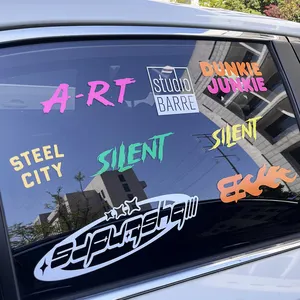




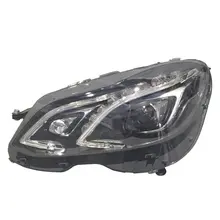


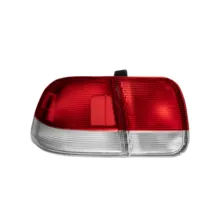
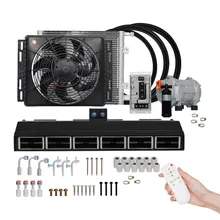


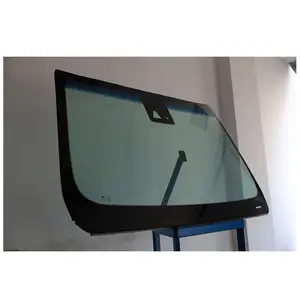
























 浙公网安备 33010002000092号
浙公网安备 33010002000092号 浙B2-20120091-4
浙B2-20120091-4